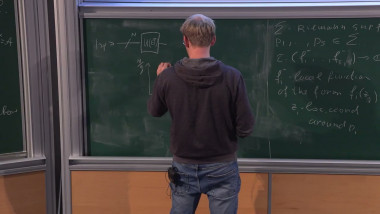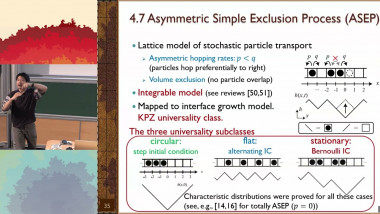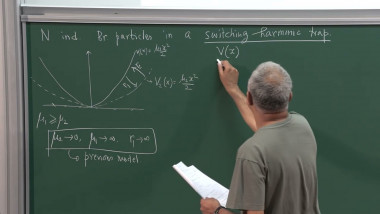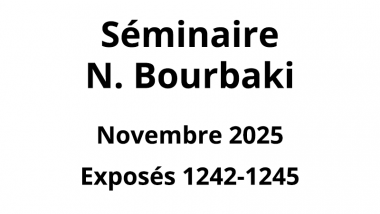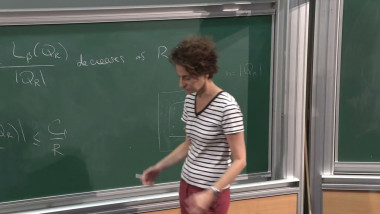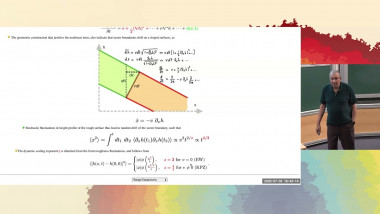Appears in collection : Fuzzy Sphere Meets Conformal Bootstrap 2025
Numerical studies of phase transitions in statistical and quantum lattice models provide crucial insights into the corresponding Conformal Field Theories (CFTs). In higher dimensions, comparing finite-volume numerical results to infinite-volume CFT data is facilitated by choosing the sphere $S^{d− 1}$ as the spatial manifold. Recently, the fuzzy sphere regulator [1] has enabled such studies with exact rotational invariance, yielding impressive agreement with known 3D Ising CFT predictions, as well as new results. However, systematic improvements and a deeper understanding of finite-size corrections remain essential. In this work, we revisit the fuzzy sphere regulator, focusing on the original Ising model, with two main goals. First, we assess the robustness of this approach using Conformal Perturbation Theory (CPT), to which we provide a detailed guidebook. We demonstrate how CPT provides a unified framework for determining the critical point, the speed of light, and residual deviations from CFT predictions. Applying this framework, we study finite-size corrections and clarify the role of tuning the model in minimizing these effects. Second, we develop a novel method for extracting Operator Product Expansion (OPE) coefficients from fuzzy sphere data. This method leverages the sensitivity of energy levels to detuning from criticality, providing new insights into level mixing and avoided crossings in finite systems. Our work also includes validation of CPT in a $1+ 1D$ Ising model away from the integrable limit.
